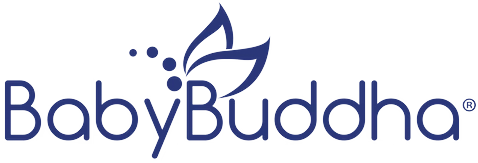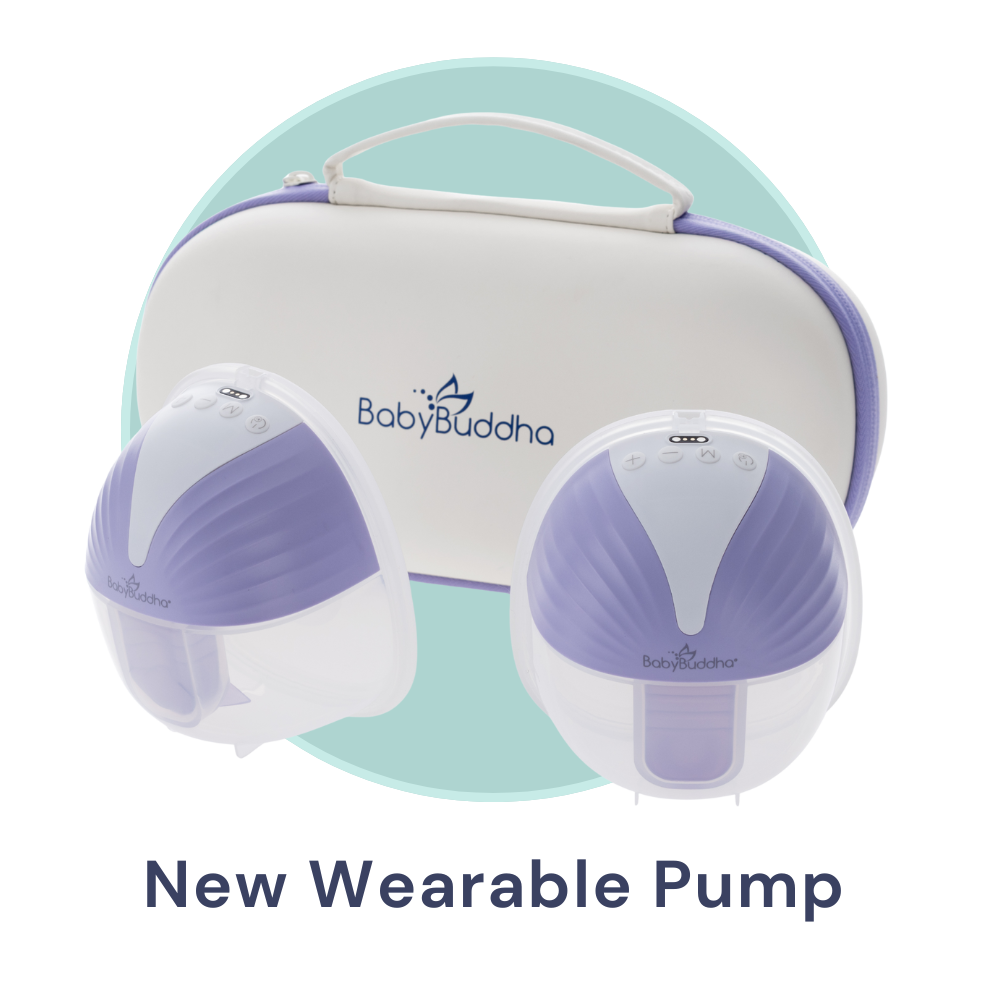A baby’s movement is a key component to a successful breastfeeding relationship. Let’s start in the womb. This is when a baby begins to suck and swallow, bite their fist, and maybe even suck their thumb. They're establishing a movement pattern and practicing for the outside world. When the baby is born, they will demonstrate this suck-and-swallow reflexive pattern that they have been practicing inside for at least two trimesters. Difficulties can arise when a baby has been practicing a pattern that is not ideal. Some signs of these difficulties include falling asleep at the breast or bottle, coughing while drinking, and/or hearing smacking and slurping sounds. Some reasons for these poor movement patterns are tongue/lip/cheek ties (also known as tethered oral tissues), a small and/or recessed chin, or preterm delivery. When a baby struggles with their suck-swallow-breathe movement pattern, outside intervention may be necessary. Exercises from a licensed provider such as SLP/PT/OT can re-train the tongue, lips, and cheeks to work more appropriately, help the baby strengthen their jaw, and resolve any related body tension.
Babies need their necks to move freely and comfortably in order to latch onto either breast. When babies prefer to turn their head in one direction, it may be difficult for that baby to feed or drain the breast on the other side. Because it’s difficult for the baby to turn and extend their neck at the breast, the baby may compensate with a chomping pattern which can cause nipple pain, clogged ducts, and supply issues. When bottle feeding a baby with a head turning preference, the baby may resist being held in one arm or seem less comfortable on one side. Another sign of neck tension is when the baby tends to sleep with their head turned to one side more than the other. Physical Therapists, Craniosacral Therapist, Chiropractors, or Occupational Therapists can perform bodywork and exercises to help babies with these difficulties.
Though they’re too young for gym memberships, even babies need strong core muscles. Initially, babies eat as a survival instinct, but as they develop, they rely less on instinct and more on their strength and coordination when eating. When a baby has a strong core, the brain can focus less on figuring out what to do with their neck, limbs and torso, and more on making sure they are getting enough milk. Tummy time, sidelying play, and rotation movements are important core-strengthening exercises to practice each and every wake period. As a bonus, when babies practice these movements, they also improve their spatial awareness, which helps a baby coordinate the suck, swallow, breathe pattern on the breast.
Did you know that the nerves in a baby’s head can be pinched during pregnancy, labor, and delivery? Because the nervous system plays such an intimate role in feeding, working on it can greatly improve the ability to feed well. Infant massage and gentle stretches can unpinch the nerves and help the baby and their parent relax.
As you can see, the breastfeeding relationship heavily relies on a baby’s coordination, strength, and freedom of movement. Because of this sensitive relationship, it’s important for parents to seek help from a licensed professional with expertise in feeding.
Elizabeth Morel is a pediatric Physical Therapist who also practices Craniosacral Therapy. She is based out of New Jersey. She has been practicing since 2008.
You may find her at www.littlemoverspt.com








